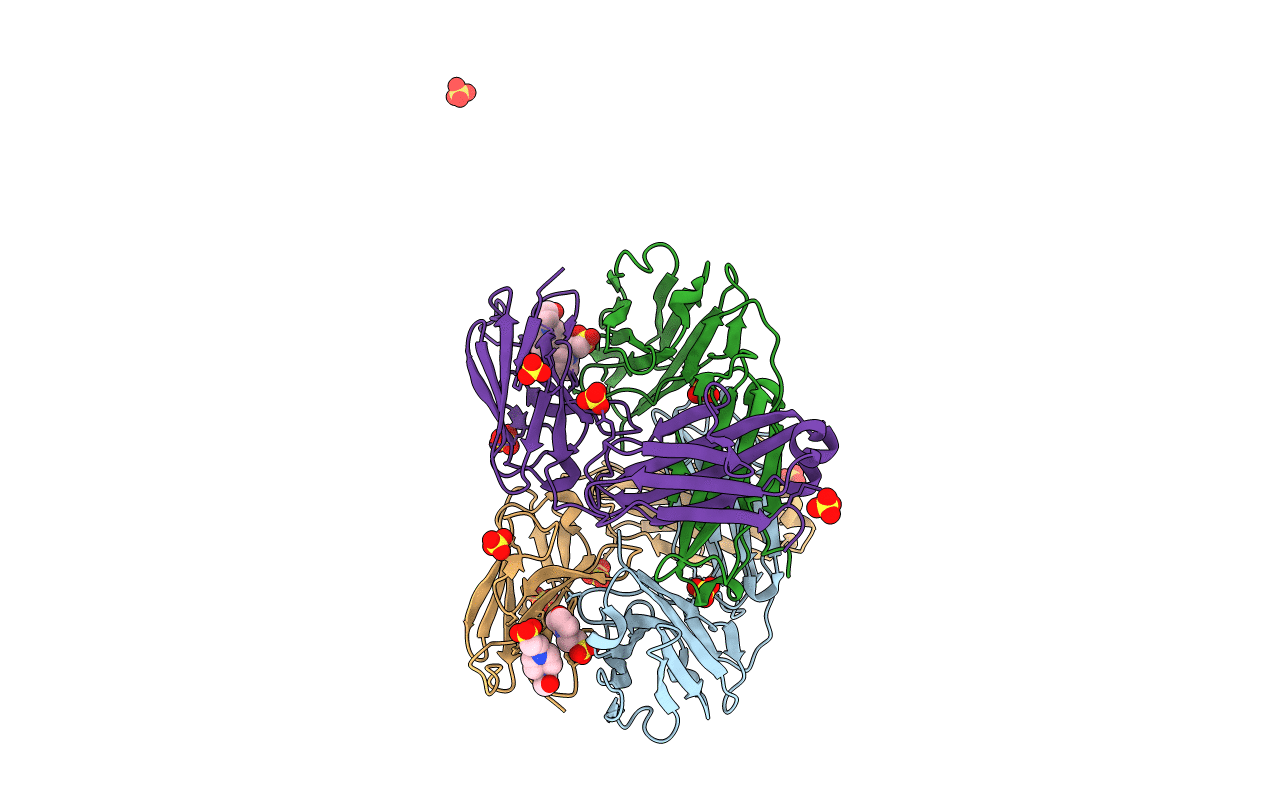
Deposition Date
2017-05-29
Release Date
2017-08-09
Last Version Date
2024-10-23
Method Details:
Experimental Method:
Resolution:
2.50 Å
R-Value Free:
0.23
R-Value Work:
0.18
R-Value Observed:
0.18
Space Group:
P 31


